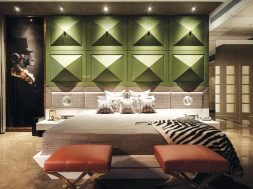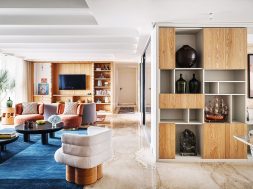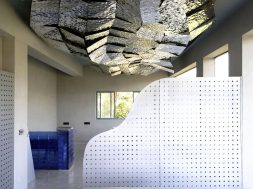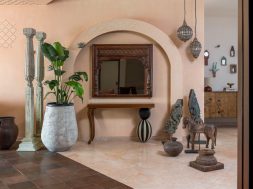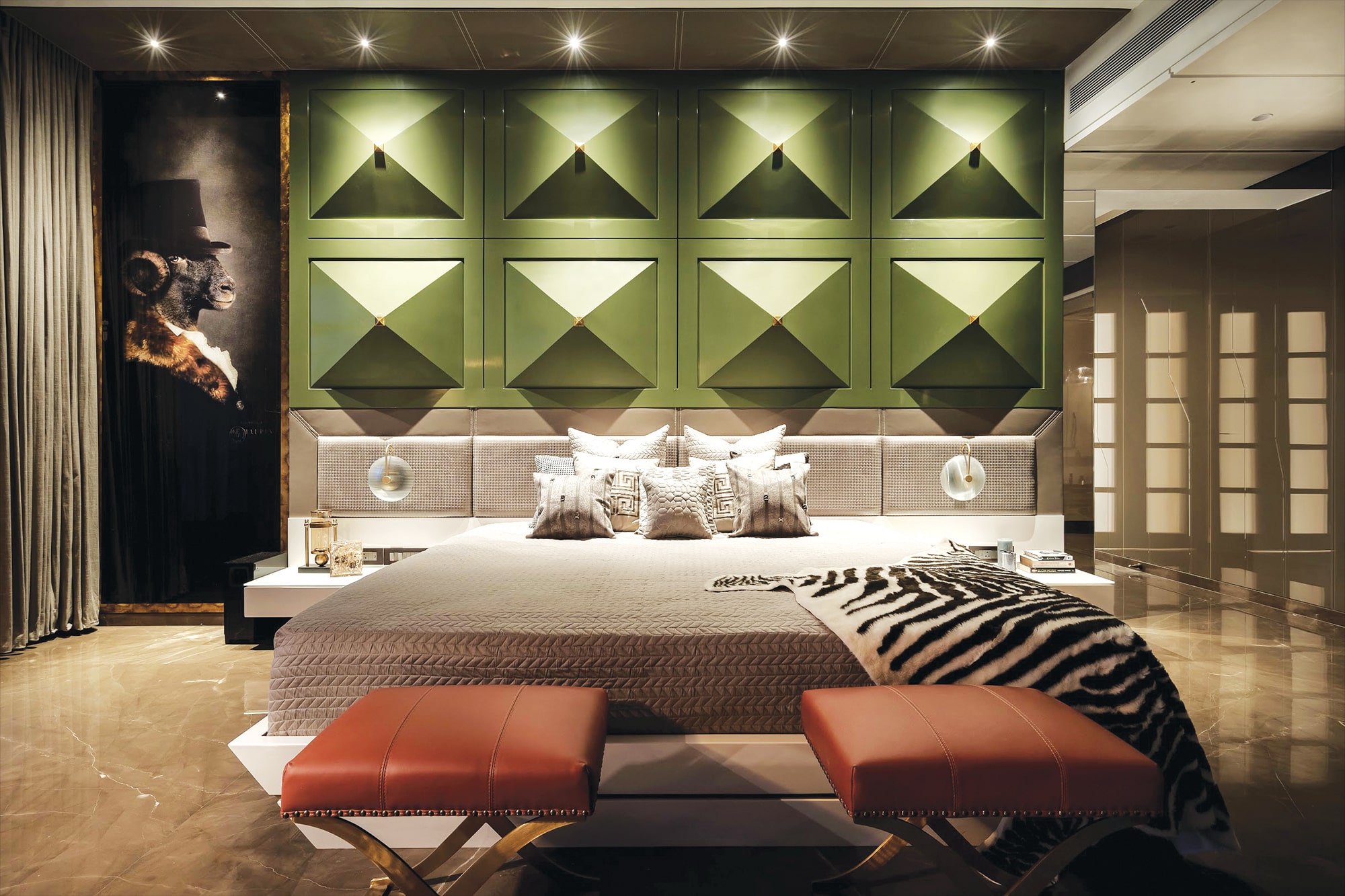
The uncharted territories of modern Indian design
“As India embraces the future, its interior design will undoubtedly continue to evolve, reflecting its people’s dynamism and creativity while enriching countless individuals’ lives.” Soni Vipul Designs.
Step across the threshold of a modern Indian home, where sunlight spills through jaalis, illuminating sleek minimalist furniture crafted from locally sourced wood. Vibrant silk tapestries and contemporary art installations gleam against exposed brick walls. This article delves into the remarkable journey of Indian design, exploring how it has transcended imitation to sculpt a unique aesthetic that resonates within its borders and across the globe.
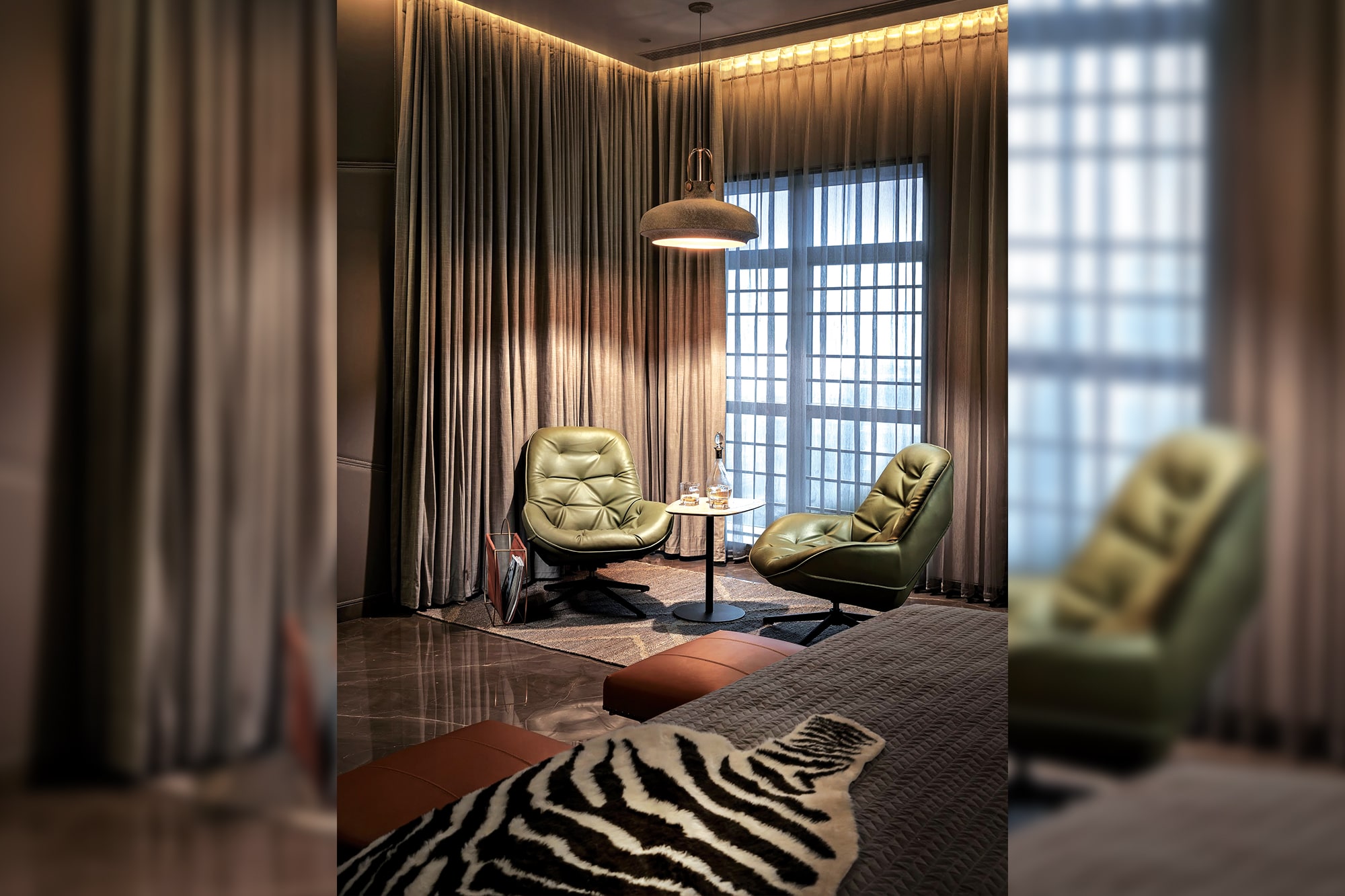
The glorious Diamond Jubilee years paint a canvas of interior design evolution. Vibrant textiles, echoes of Mughal-inspired furniture, and the functionalist principles of British colonial design co-existed. Economic constraints encouraged practical spaces, with locally available materials like wood and rattan shaping furniture. Regional architectural styles, like Kerala’s courtyards and Rajasthan’s jharokhas, were reinterpreted within urban homes, showcasing India’s rich vernacular tapestry.
As the 70s and 80s unfolded, globalisation and exposure to Western trends brought geometric patterns, modular furniture, and pops of colour as the calling cards of modern Indian design. Concrete, steel, and plastics emerged as favoured elements. Homes became sanctuaries of individual taste, adorned with statement pieces and carefully curated objects.
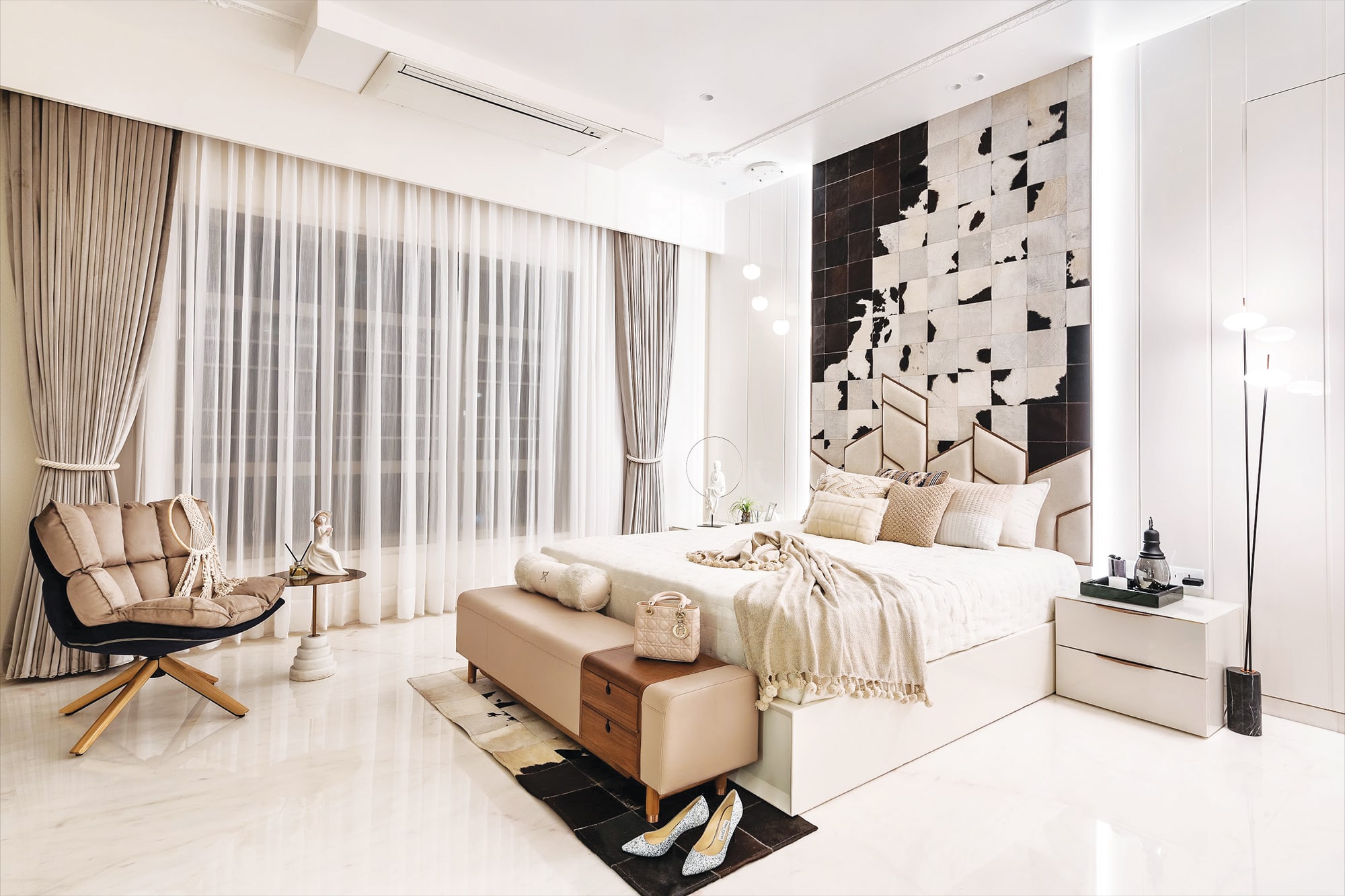
The 90s and 2010s witnessed a renewed appreciation for the country’s vibrant cultural tapestry, leading to the integration of traditional crafts, artwork, and motifs into contemporary design. Sustainability and environmental consciousness also came into play, with designers harnessing eco-friendly materials and upcycled elements. Perhaps the most defining feature of this era was the rise of fusion and eclecticism. Indian designers seamlessly blended global influences with local sensibilities, creating a unique aesthetic that was both international and Indian.
The digital age and tech-driven spaces are redefining modern living. Smart homes, automation, and biophilic design principles are shaping spaces. Personalisation remains a key theme, with design catering to diverse needs and preferences. Indian designers are gaining international recognition, with their work gracing international platforms and collaborating with global talents.
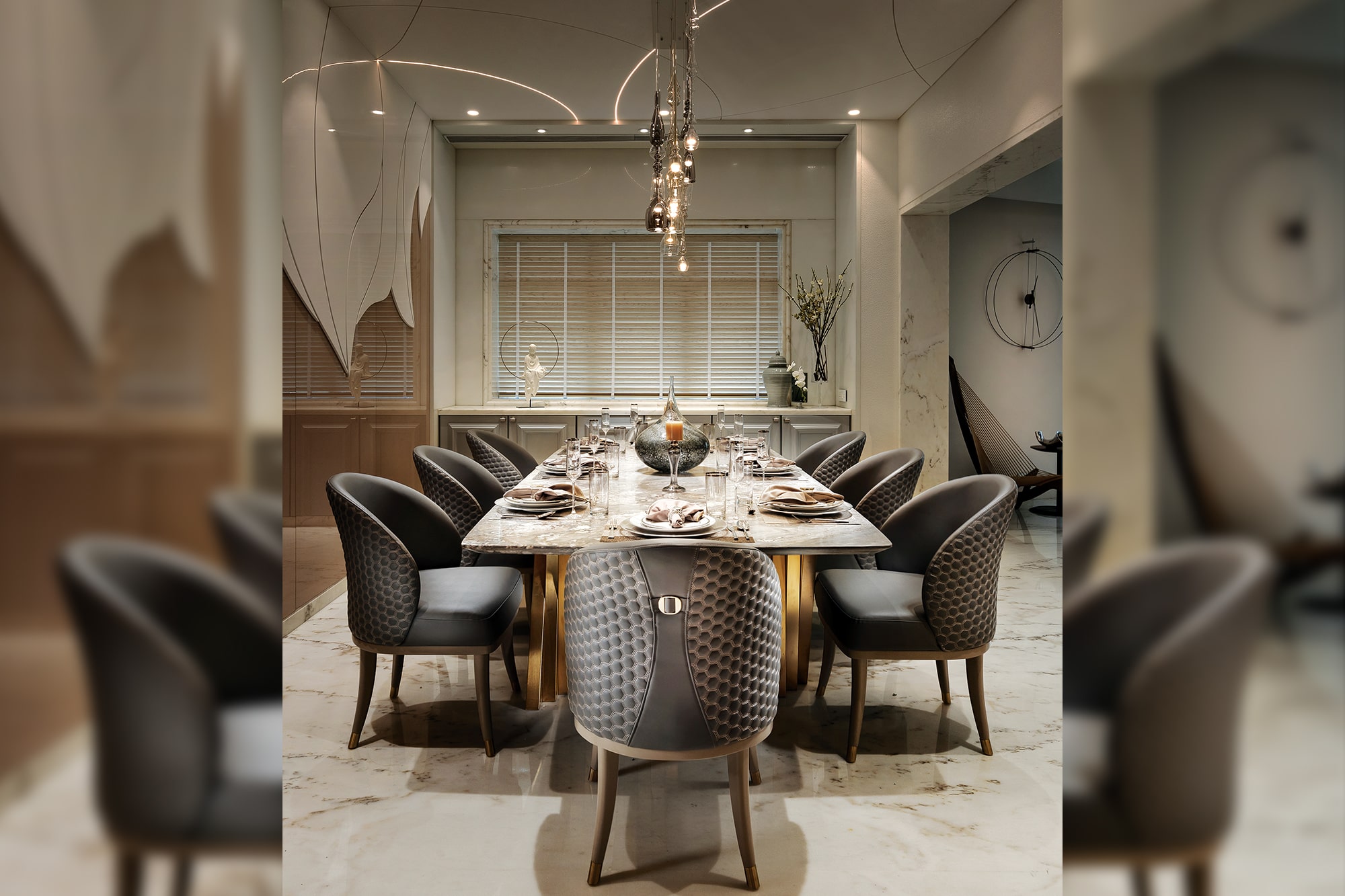
Balancing international trends with local sensitivities remains a critical aspect. Sustainability and responsible sourcing need to be further integrated into the design process. As India embraces the future, its interior design will undoubtedly continue to evolve, reflecting its people’s dynamism and creativity while enriching countless individuals’ lives.
From post-colonial echoes to tech-driven havens, Indian interior design has traversed a remarkable journey. By seamlessly blending heritage with innovation, tradition with functionality, and global trends with local sensibilities, the nation’s design language will continue evolving, captivating the world with its unique character, warmth, and timeless elegance.
For more info visit: https://sonivipuldesigns.com/
